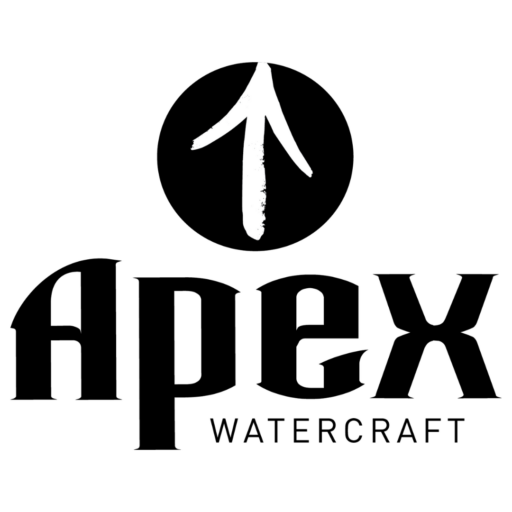Reverse Compound Stroke – A Comprehensive Guide to Mastering Backward Kayaking

The Reverse Compound Stroke is an essential technique that combines backward paddling with spin-momentum, offering numerous benefits such as enhanced paddle dexterity, improved control, feathering proficiency, and increased backward awareness. This stroke enables efficient backward paddling by allowing you to maintain speed while maneuvering around turns and even crossing eddy lines in reverse. Once you master the Reverse Compound Stroke, you’ll feel more comfortable, confident, and effective when paddling backward.
Drill: Perform one large circle and one small circle in each direction.
Executing the Stroke: The Reverse Compound Stroke involves a sequence of movements, including an open face reverse stroke with the power face towards you, flipping the paddle over at the hip to execute a regular reverse stroke, and then transitioning back to the beginning by feathering to the bow and starting over. Additionally, the stroke can incorporate a gliding component after feathering, where you glide backward using an open face bow draw (similar to a closed-faced stern draw since you’re moving backward).
Learning the Stroke: We’ll begin by focusing on the stroke mechanics before adding the spin-momentum component.
Head: Turn your head and body as far back as possible to face the direction you’re heading. This allows you to see where you’re going.
Body: Initially, utilize torso rotation while alternating between left and right Reverse Compound Strokes. However, during the spin-momentum drill, lead with your body.
Boat: Keep the boat flat for optimal control.
Paddle – Mechanics: To learn the stroke mechanics:
- Position the power face of the paddle towards you, with the spoon facing downward. Reach as far back toward the stern as you can, keeping the blade close to the boat.
- Perform a short pull from the stern to your hip.
- Flip the blade over 180 degrees to transition into a regular backward stroke position.
- Push yourself backward with a reverse stroke until the blade reaches your toes.
- Remove the paddle and repeat the process on the other side.
Once you can successfully execute the above steps, let’s incorporate feathering and spin-momentum to fully master the stroke, allowing you to paddle backward and control spin-momentum using a single blade.
Execution – Three Levels of Mastery:
Level 1: Perform 10 strokes on each side while moving in a straight line backward. Alternate between the left and right blade, without feathering back.
Level 2: Execute a large circle and a small circle in reverse, paddling only on one side. Start by paddling backward, building up your speed, and then initiate a boat spin toward the desired turning direction. Reach back with the power face down, perform the pull, flip the blade, push backward, and feather back into the original position. Maintain your speed and continue carving the boat.
Level 3: Incorporate an open-faced bow draw at the end of each reverse stroke before feathering back. After executing the reverse stroke, glide backward using the bow draw for three seconds, then feather back and repeat the stroke. Practice controlling your glide with the open-faced bow draw.
By following these step-by-step instructions and progressing through the three levels, you’ll develop proficiency in the Reverse Compound Stroke, enabling you to paddle backward with confidence, control, and finesse. Enjoy mastering this essential kayaking technique!

